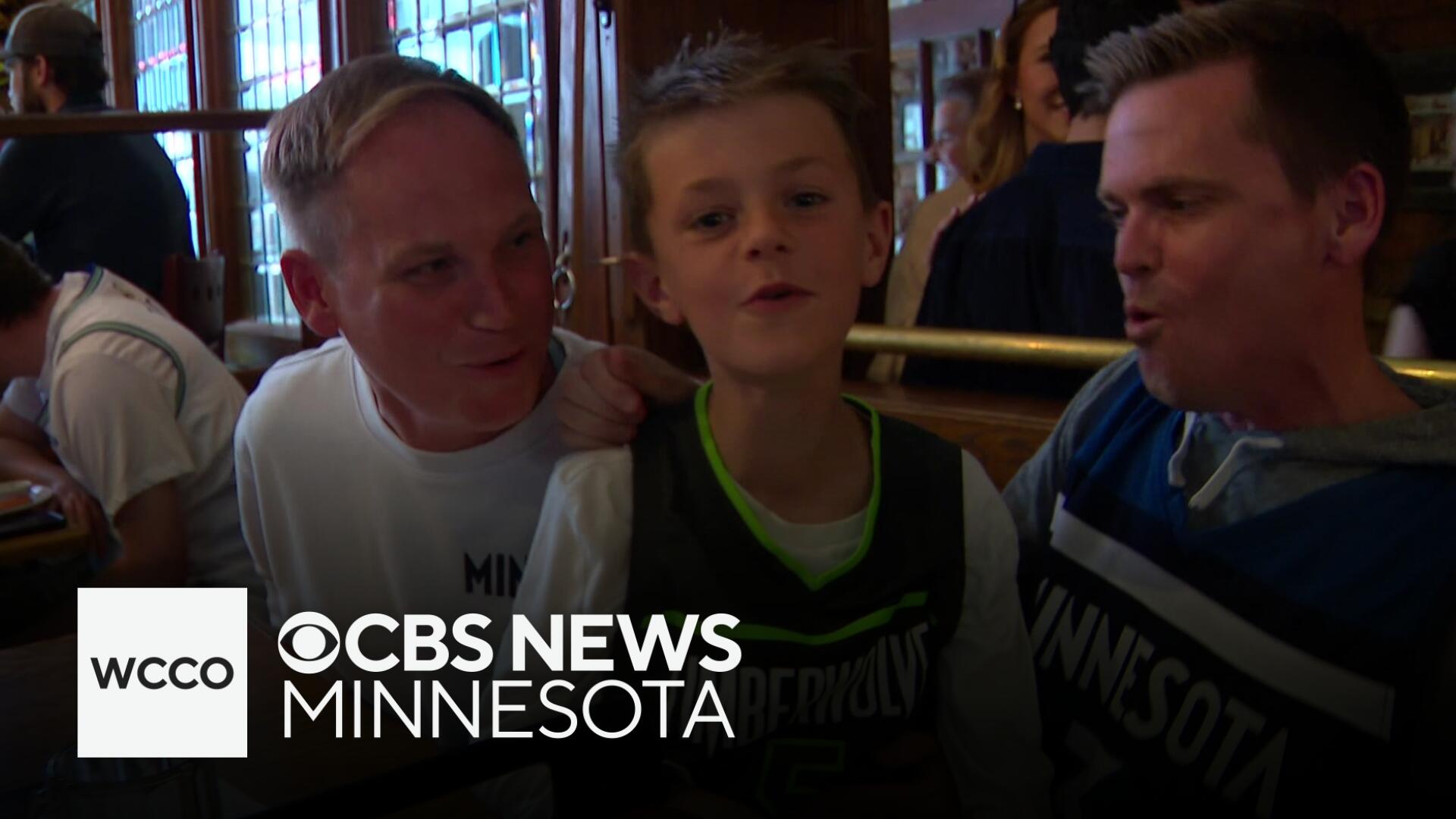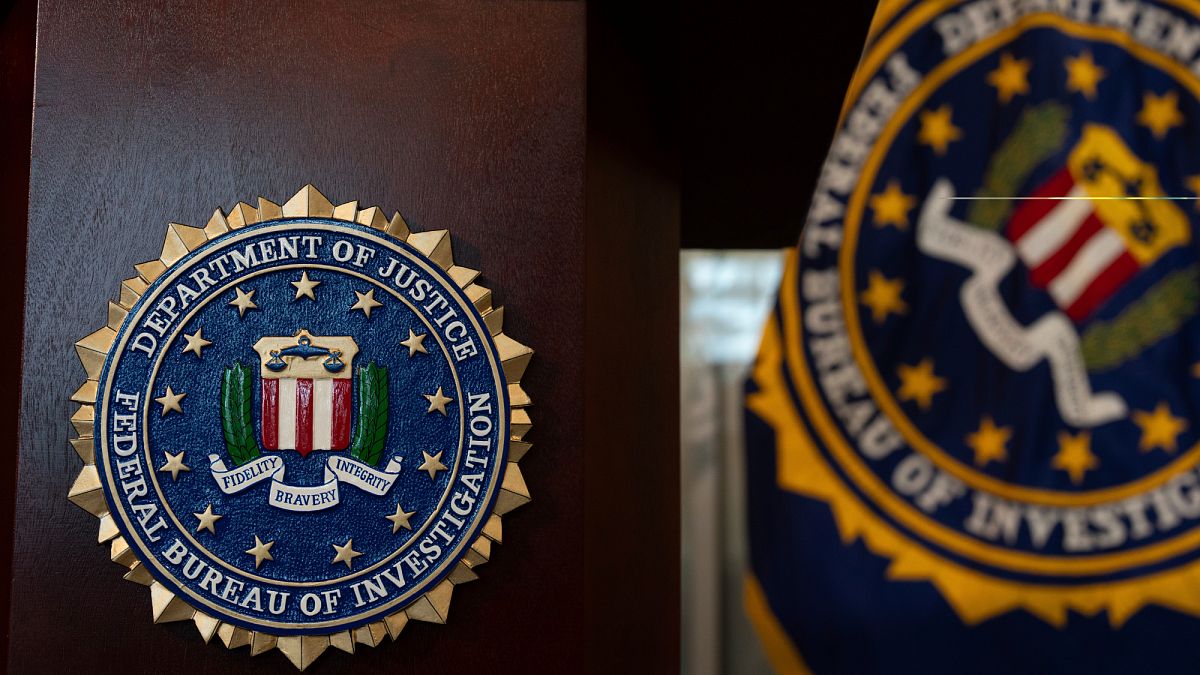Minneapolis, MN
Minneapolis reading program aims to sharpen skills, strengthen community

Earlier this month, the U.S. Department of Education sent letters to state leaders that said schools could lose federal funding if they failed to follow the Trump administration’s interpretation of civil rights laws. That includes DEI programs that “advantage one’s race over another.” If schools do not follow this order, the Trump administration says they could lose federal funding.
A Minneapolis organization is working to support Black students and fill gaps it sees in the education system, regardless of whether schools turn away from DEI initiatives. Terrica Pledger is the leader of the Sankofa Reading Program with the Network for the Development of Children of African Descent, also known as NdCad. She joins MPR News host Nina Moini to talk about her work.
Use the audio player above to listen to the full conversation.
Subscribe to the Minnesota Now podcast on Apple Podcasts, Spotify or wherever you get your podcasts.
We attempt to make transcripts for Minnesota Now available the next business day after a broadcast. When ready they will appear here.
MPR News helps you turn down the noise and build shared understanding. Turn up your support for this public resource and keep trusted journalism accessible to all.

Minneapolis, MN
Timberwolves game 3 draws major crowds to downtown Minneapolis
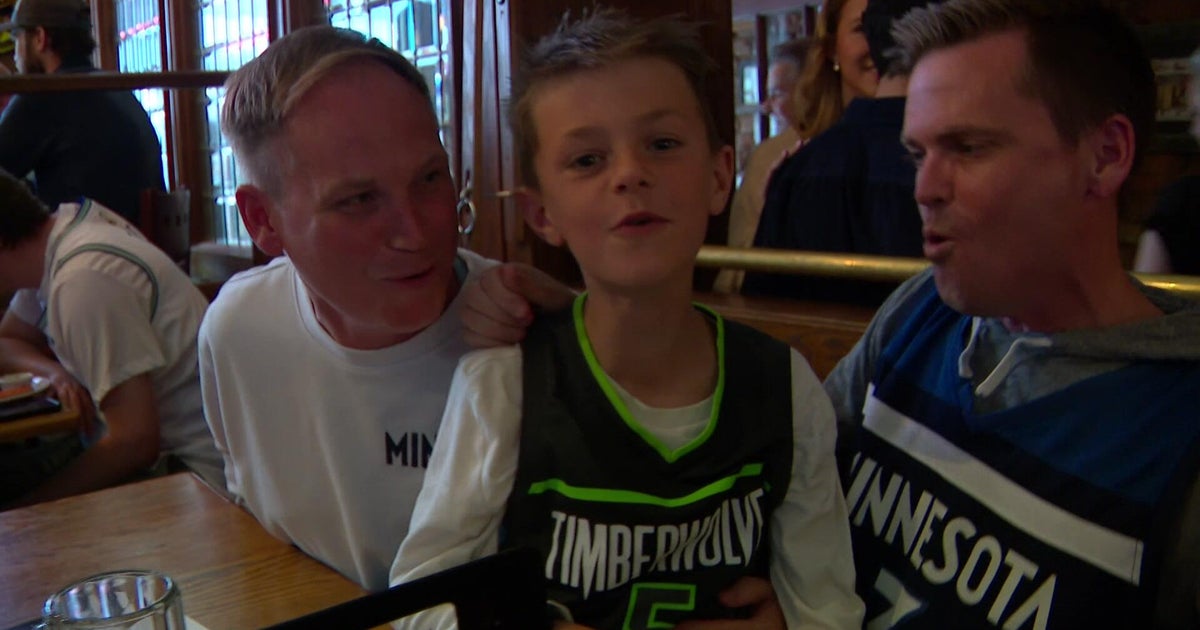
A packed Target Center was howlin’ Saturday night. Fans started showing up hours before the game started decked out in team colors.
While the Timberwolves have a tough task, fans are not defeated.
“Series doesn’t start till the road team wins, so we’re still in this thing,” smiled Kaleb White.
White drove over an hour to be amongst all the Timberwolves and watch what he hopes to be a win. The team might be trailing in the series, but businesses in the area are winning big.
Inside Gluek’s Bar and Restaurant, it was shoulder to shoulder, a boost owner Dave Holcomb says is needed.
“For us we live on events, these are extremely important,” Holcomb said.
He’s expecting to nearly double what they’d normally make on Saturday night when a game is not on.
“Basically, the Olympics for us and we want to keep it going,” Holcomb said.
The latest Minnesota sports news can be found here.
Minneapolis, MN
These Minneapolis buildings resonate with baby boomers but baffle Gen Z
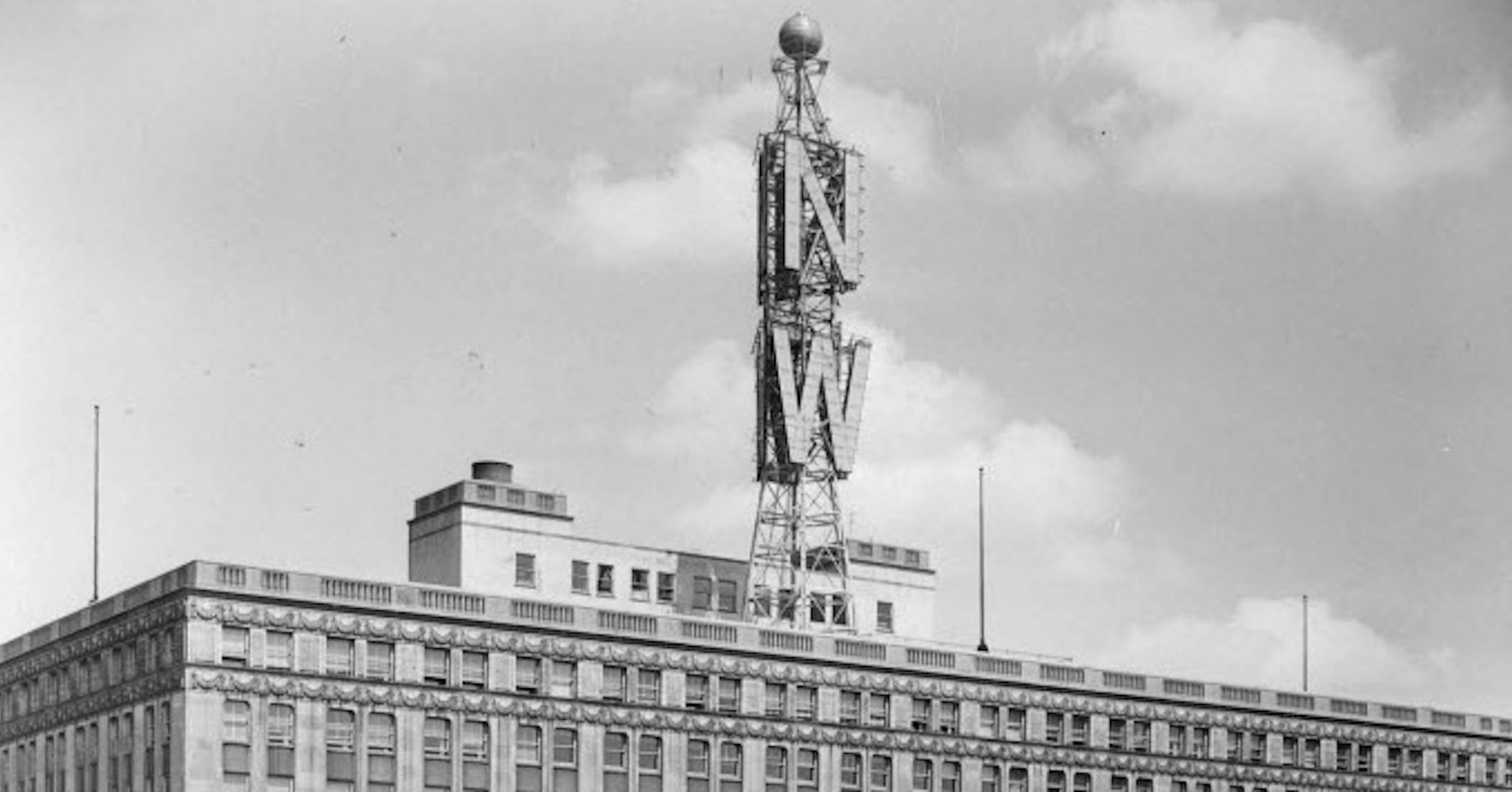
If it seems as if commercial architecture has been stagnant for a while, you might be right. For most of the 20th century, styles changed every 10 years or so, rolling through the big cities first, ending up on main street later.
The baby boomer generation saw the biggest changes. In the immediate postwar era, downtowns were characterized by old brick buildings with some classical details, but from the 1950s onward, everything built was modern and simplified. The boomers also were familiar with the exuberant kitsch and button-down corporate modernism of the 1950s and ’60s, the mirrored glass facades of the 1970s and the post-modern classical shapes of the 1980s.
The zoomers — a generation born between 1997 to 2012 — grew up with those styles, as well, but they weren’t there to see them new. They were the existing order, a fait accompli, just like the prewar buildings had been for the boomers. It was someone else’s streetscape. Of course, they know what the IDS Center is, but they have no memory of the sunset poking through the girders while it was under construction, or watching the excavation for the Metrodome.
So it goes with every generational shift. Nothing new there. What makes the boomers different is that the smaller details, the interesting characters, the ordinary commercial architecture of their era, are vanishing rapidly, and they’re the only ones who remember them.
Here’s a sampling of familiar streetscape characters that boomers might recall, while zoomers might find them utterly baffling.
Fotomats promised one-day service on developing film and also sold film rolls. (Star Tribune)
Ask a boomer what they were, and you’ll have a prompt answer. The outdoor kiosks were the little yellow huts, the size of toll booths, usually found in parking lots. One could drop film to be processed into photos there, and pick up the prints later. Fotomats started to appear in the late 1960s, and disappeared in the late ’80s — competition from in-store labs and the rise of digital film did them in. The buildings with oversized roofs stuck around for years, and repurposed, until the lot was reused for housing. That was the fate of the Fotomat in Dinkytown at 4th Street and 15th Avenue SE. Some were just removed because they were empty and impeded traffic.
Ask a zoomer about one, and you’ll get blank looks and shrugs.
The Weatherball issued forecasts from atop the Northwestern National Bank building and was a prominent fixture on the Minneapolis skyline. It was erected in 1949 and came down in 1982. (Randy Salas/The Minnesota Star Tribune)
The entire baby boomer generation will have to pass from this Earth before people stop lamenting the loss of the Weatherball. It stood atop the Northwestern National Bank Building from 1949 until it was toppled by fire in the great Thanksgiving Day blaze in 1982. Today, it has been gone longer than it was around.
Minneapolis, MN
Five years after George Floyd: The healing and rebuilding that still need to happen

-

 Technology1 week ago
Technology1 week agoLove, Death, and Robots keeps a good thing going in volume 4
-

 Technology1 week ago
Technology1 week agoMeta asks judge to throw out antitrust case mid-trial
-
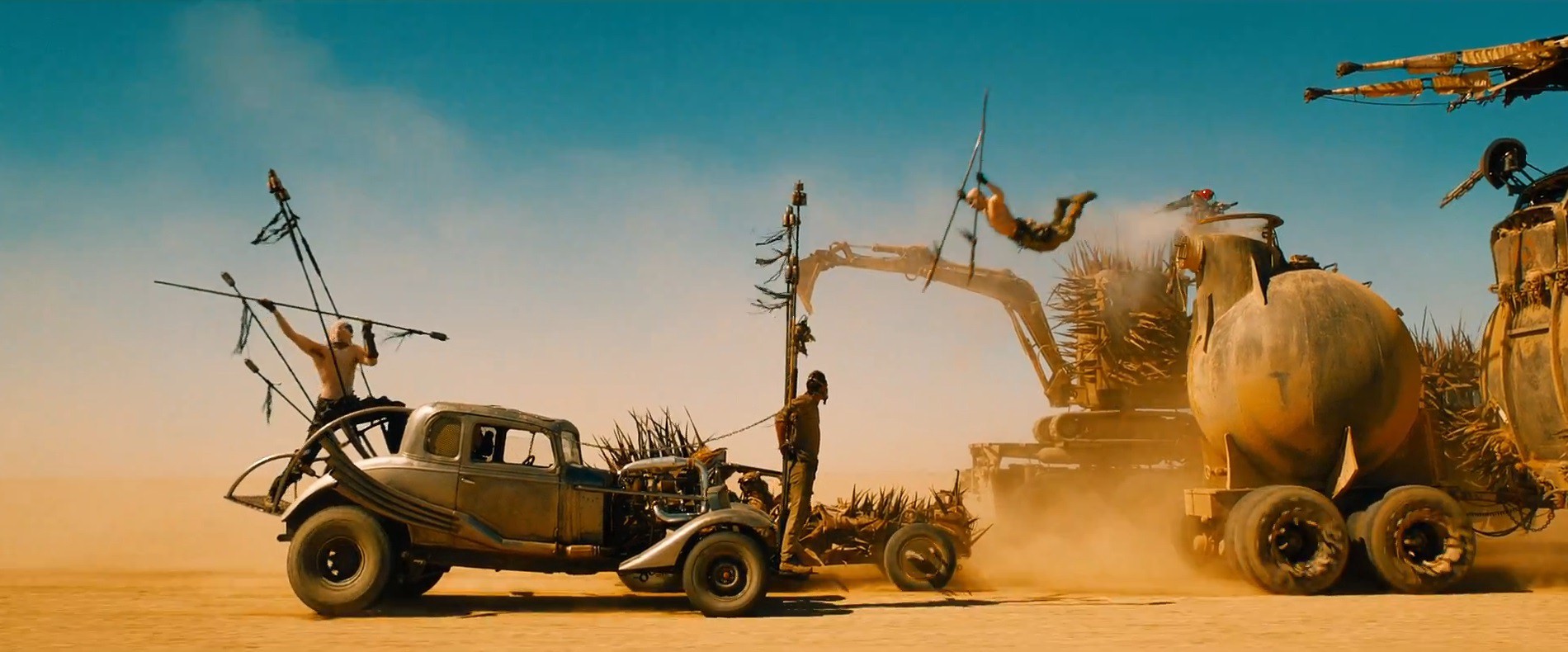
 Movie Reviews1 week ago
Movie Reviews1 week agoClassic Film Review: ‘Mad Max: Fury Road’ is a Lesson in Redemption | InSession Film
-

 World1 week ago
World1 week agoCommissioner Hansen presents plan to cut farming bureaucracy in EU
-

 News1 week ago
News1 week agoVideo: Doctors Heal Infant Using First Customized-Gene Editing Treatment
-
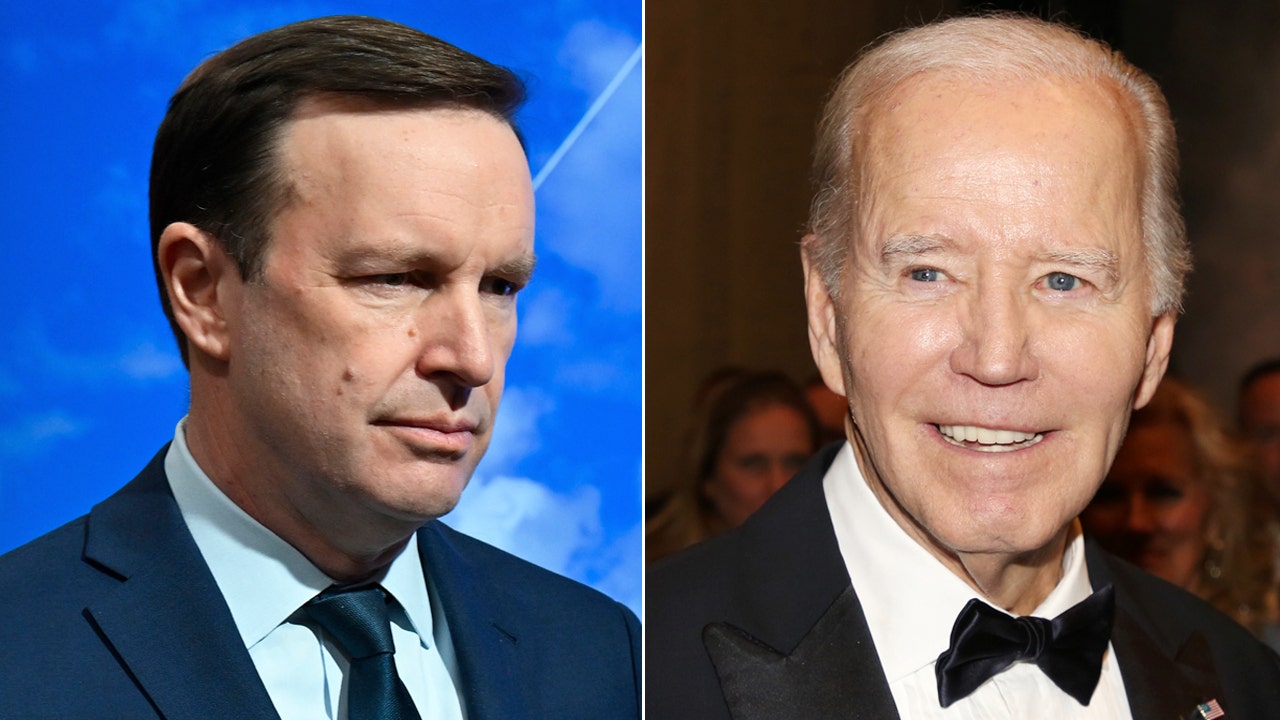
 Politics1 week ago
Politics1 week agoDem senator says 'no doubt' Biden declined cognitively during presidency
-

 News1 week ago
News1 week agoNew Orleans jailbreak: 10 inmates dug a hole, wrote ‘to easy’ before fleeing; escape plan found
-

 World1 week ago
World1 week agoLeak: Commission to launch PFAS clean-ups in water resilience strategy





